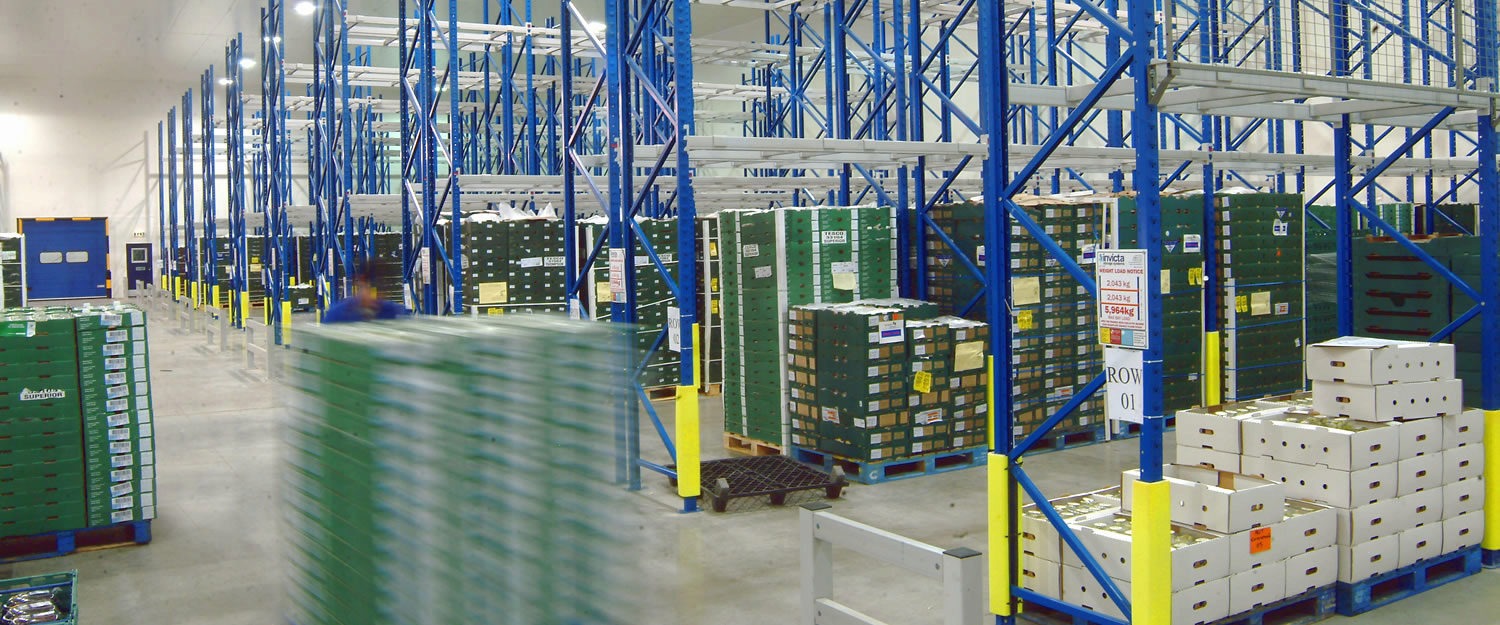For your information
You are being redirected to one of our divisional subsites which contains more detailed information on the required division. To navigate back to the main Invicta Group site, please click the link found in the footer at the bottom of the page.
How to expand your manufacturing or production space
26th September 2022
Quick Quote
Contact Mick Coyne
To get a quotation or arrange a free site survey - Call Mick Coyne on
-
 UK
UK
Current location:
Quick Quote
Contact Mick Coyne
-
 UK
UK
Current location:
While the past two years have been difficult for many businesses, others have seen an unexpected upturn in sales. The rise of online shopping has been further propelled by people being unable to shop in person, and investing in hobbies and items for the home.
If your manufacturing or production business is in a position to expand, you may be uncertain about how to achieve this, and have misgivings over doing it in such a volatile climate. But there are ways to expand your business that are lower impact than moving premises, and could save you time and money.
Create new space
In some cases, it may feel like you’ve hit a brick wall in terms of expansion. You’re working to capacity and making money, but not enough to move to larger premises. You end up caught between a rock and a hard place, where you need more capital to move but don’t have the means to acquire it.
However, moving isn’t the only way to expand your production capacity. Depending on the dynamics of your space, it may be possible to create new floor space within your current premises. The easiest way to achieve this is by using a mezzanine floor, and adding extra space above your production area.
Mezzanine floors are flexible enough to be placed above active production or manufacturing areas, but also strong enough to house production lines and heavy plant and machinery. A range of access options – including lifts, stairs and chutes – allow for interoperability between two floors of a production facility.
Mezzanine floors can also be outfitted to support additional office space, storage space, or most other requirements. By utilising the empty headspace in the average warehouse, you can avoid moving and increase the efficiency of your operations. And if you do move in future, the mezzanine can be disassembled and relocated.
High density storage
One of the most common issues for production and manufacturing companies is where to store their products and materials. The parts needed to assemble a product have to be kept somewhere in reasonable quantity, particularly if you are a business importing to the UK. The products meanwhile need somewhere to be kept before they are shipped off to distribution centres or clients.
This storage often consists of standard racking or shelving, which doesn’t best utilise your floorspace. By upgrading to a high density storage format, you could as much as double your available storage space, or halve your current storage footprint – freeing up space for other purposes.
High density storage can take a number of forms, which will vary depending on your business and its needs. For instance, there are different formats for both FIFO (first in, first out) storage, which is ideal for perishables such as food and medicine, and FILO (first in last out). There are also formats which provide ultra high density at the cost of accessibility.
The most standard form of high density storage is high density pallet racking. This uses a standard aisle width, but with racks customised to your requirements, optimising the use of space. From here however, the possibilities are endless. Narrow aisle pallet racking for instance saves even more space, but requires the use of specially equipped forklifts, which can rotate their ‘fork’ on the spot.
A pallet racking upgrade can also increase your production floor’s productivity. By using a more advanced system such as an AS/RS (automatic storage and retrieval system), small goods can be stored and fetched by autonomous vehicles. You can even create a multi-tier racking system if you have enough headspace, with stairs and access lifts for storage and retrieval.
Connectivity and logistics
If you’ve run out of ways to make more of your existing premises, there may be other ways in which you can increase productivity, and the throughput of produced goods. One way to achieve this may be to implement a warehouse management system, or WMS. This can help you add various layers of automation to your storage or production space, depending on how much you want to invest.
On a basic level, a WMS can help you to keep track of stock, orders and shipments. This can either be automated using sensors to detect stored and produced items, or conducted manually by warehouse operatives using a phone app or similar device. On a more complex level, autonomous vehicles and robots can be integrated with the WMS, carrying out entire stages of the manufacturing, storage and distribution process automatically.
Aside from a WMS, you may also want to look at your logistics, and how improving efficiency there could free up capacity in your warehouse. Improving the means by which you load trucks, for instance, could expedite the shipping process. This could take the form of a more direct, machine-driven transfer from the production line to vehicles, or even a delivery ramp to load goods directly from multi-tier storage, rather than commuting them down within the structure.
Finally, if you are a small business with few intermediaries, it may be worth considering external storage solutions. The increasing demand for one-day or same-day shipping has led to a proliferation of distribution centres in the heart of towns and cities, which can then deliver goods rapidly to customers. By utilising a service such as this, you can store more of your goods away from your production facility, and improve the service you offer to customers – making you more competitive with the likes of Amazon.
—
These are just a few of the ways in which your production or manufacturing business can grow while staying in situ. Doing so will allow you to save capital that would be better used to insure against current risks, invest in new staff, or improve products – all of which will help to accelerate your growth even further. To learn more about upgrading or installing racking and how different systems can be integrated with high density pallet racking, get in touch today.
Accreditations & Affiliations







Start your project
Tell us about your project. Please complete this form. One of our sales team will come back to you with more details. If you prefer, you can drop us an email.




Share/Like this page